Emperor - Daleth
Symbolically expressed by the figure of the Emperor on a throne, the fourth trump of the Tarot is a hieroglyph that has several elusive meanings that are somewhat difficult to decipher. There is a very good reason for this perplexing state of affairs. One of the reasons is that it expresses elements of the masculine currents that are often not taken into consideration by most. However, when this hieroglyph is revealed in its original state, then the obvious meaning is suddenly uncloaked, and the perceiver gains an understanding about what this mysterious icon is truly trying to express.
The name of the fourth character of the ancient alphabet is linked to the fourth hieroglyphic symbol of the Tarot trumps. The original design of this character (pre-1200 B.C.) looks like this...
![]()
This letter (the precursor to the modern letter D) is represented in the ancient texts by the word דלת, which is formed with the triliteral stem that is constructed from the letters ל, ד, .and ת. This stem generally implies the concept of “pendulous” in its most general usage. Thus, some of the more common usages of this stem in the ancient texts express the idea of the two leaves of a door as well as the pendulous action of a leaf as it swings on a tree.
The Left-Handed Version of the Emperor
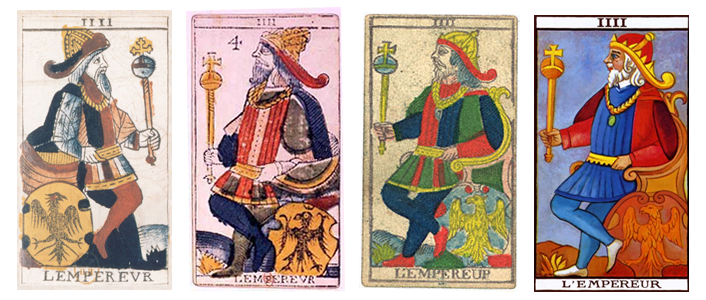
Like the empress of the third Tarot trump, the hierophant of the fifth trump, the pilot of the seventh trump, the figure at the top of the Wheel of Fortune, and the lady presented in the Noblet version of the 21st trump, the Emperor of the Noblet version of the Tarot de Marseilles (the image to the far left above) wields the royal sceptre of power in the left hand. As stated before, this illustration of power is somewhat unique to the Tarot icons because the royal sceptre is traditionally held in the right hand as a masculine symbol of royal authority.
When the emperor wields this symbol of royal authority in his left hand, it gives him the ability to be far more perceptive of the empathic currents of the left side, and he is able to serve as a pendulum for the empire. He intercedes for the interests for numerous competing factions and must be sensitive to the many needs that resonate and flow from all of the various elements of the imperial realm. He is the central focal point that allows for balance amongst the many different elements present within the empire.
All of this having been stated, it is of prime importance to note that in later versions of the Tarot de Marseilles, the central figure of the emperor icon holds the royal sceptre in his right hand. This reversal, like many other traits, is found in most every deck created after the Noblet Tarot, including the Dodal and the other more popular versions. This reversal is crucial to interpretation. With this traditional wielding of the sceptre royale, the expected royal authority of masculine dominance that has come to define the Iron Age is now prevalent within the iconic imagery of this Tarot trump. Instead of the emperor being an empath that is sensitive to the numerous energies required to rule in the most efficient manner, he is now the typical male ruler. The entire vital essence of this iconic hieroglyph is changed. Interestingly enough, the Rider-Waite Tarot also includes this reversal as well.
The Emperor of the Rider-Waite Deck
With respect to this particular Tarot trump, A. E. Waite states, “He has a form of the Crux ansata for his sceptre and a globe in his left hand. He is a crowned monarch – commanding, stately, seated on a throne, the arms of which axe fronted by rams' heads. He is executive and realization, the power of this world, here clothed with the highest of its natural attributes. He is occasionally represented as seated on a cubic stone, which, however, confuses some of the issues. He is the virile power, to which the Empress responds, and in this sense is he who seeks to remove the Veil of Isis; yet she remains virgo intacta. It should be understood that this card and that of the Empress do not precisely represent the condition of married life, though this state is implied. On the surface, as I have indicated, they stand for mundane royalty, uplifted on the seats of the mighty; but above this there is the suggestion of another presence. They signify also – and the male figure especially – the higher kingship, occupying the intellectual throne. Hereof is the lordship of thought rather than of the animal world. Both personalities, after their own manner, are 'full of strange experience,' but theirs is not consciously the wisdom which draws from a higher world. The Emperor has been described as (a) will in its embodied form, but this is only one of its applications, and (b) as an expression of virtualities contained in the Absolute Being – but this is fantasy.”
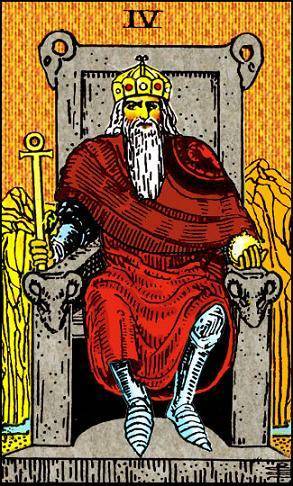
As is obvious in this statement, the Emperor in the Rider-Waite and other Tarot decks that depict the sceptre in the right hand “stand for mundane royalty” and offer no special insight whatsoever into the true advancement of the human condition. All of these later editions merely reflect obvious reality. It would now be prudent to speculate as to why this change was not only made, but came to be the dominant design that would define this image for the next several centuries.
While there are several reasons that could be postulated, the main culprit would more than likely be that the quality of masculine dominance is a type of trait that is familiar to all. In fact, to have an empathic male of any sort, especially that of the leader, seems rather odd to most. Therefore, the original theme that provided a masculine edge to the intuitive and empathic powers of the nocturnal yin energies that provides a substantial evolutionary way of thinking about the basic condition of humanity was degenerated by the profane and reverted back to the common classic condition, which was the norm.
There is also a key difference between this primary masculine figure (the older left-handed Noblet version, that is) of this hieroglyphic icon and the primary feminine figure of the Empress trump (other than gender) that merits discussion. It is the shield with the eagle emblem. Obviously, the shield could provide the same function of the right-handed offensive capabilities of the individual being used to provide defensive cover against any incoming intellectual or psychological attacks in order to allow for a more adequate expression of the left-sided currents typically associated with the realms of Luna. However, the shield is not held by the emperor and is found at his side. It would seem reasonable then that this symbol of the shield does play a role in the larger symbolism of the icon, or else it would not even be visible within the icon at all.
Since the shield is present but not used, it would seem that it is a tool that is kept close at hand in case of emergencies or special situations that require defense; otherwise it is placed on the ground near the emperor. Now it would seem necessary to fathom why the shield would be left on the ground leaving the emperor more vulnerable to assault instead of being held in his hand. The most obvious answer to this question is that the emperor would be far less sensitive to the dainty and nimble peculiarities that often occur within the nocturnal expressions of the tidal ebb and flow. In order to gain a more shell-fish type of perception - as symbolized by the lobster of the 18th trump - of the Lunar gravitational vibrations, the emperor would need to use his fully attentive masculine side to assist him with this subtle process. Thus, he would be able to perform his duties as the pendulum of the empire even more effectively. If he were constantly having to worry about providing a defense, then he would not be as effective in his role as imperial mediator; however, he is not defenseless, and if he needs to don a more effective armor for battle, his royal shield waits dutifully for him by his side.
It is this theoretical assertion of this interpretation that justifies the left-handed wielding of the sceptre royale as the original and true representation of the hieroglyph that was corrupted by later versions. The main logic behind this assumption is that if the right-handed version were the original, then it would seem more than appropriate for the male figure to wield the shield in the left hand for proper defense. To not wield the shield and leave it upon the ground is a preposterous thing indeed, if the royal masculinity is to be enforced.
It could also be speculated that the left hand be left free for more empathic uses with the sceptre in the right hand of the monarch; thus, leaving the shield on the ground for emergency purposes. While there is some logic to this assertion, its validation quickly falls apart when the pure essence of the right-handed royal authority is examined even in the minutest amount. Because of the nature of the patriarchal rulership, the very concept of anything more than the most superficial emotions coming into play in any type of decision making is a rather ludicrous proposition; therefore, making any type of empathic ability completely and utterly useless for the authority imposed upon the kingdom.
* * *
BACK * INDEX * NEXT
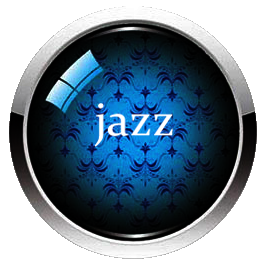 |
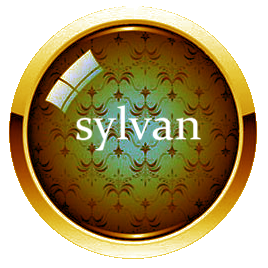 |
 |
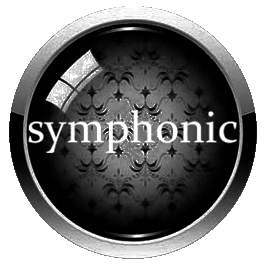 |
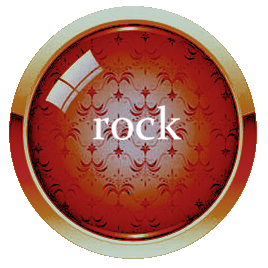 |
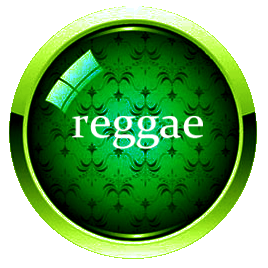 |